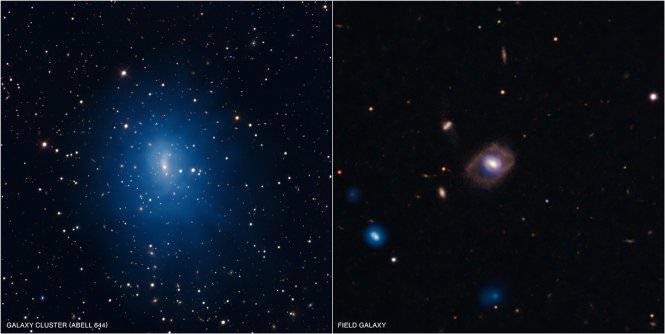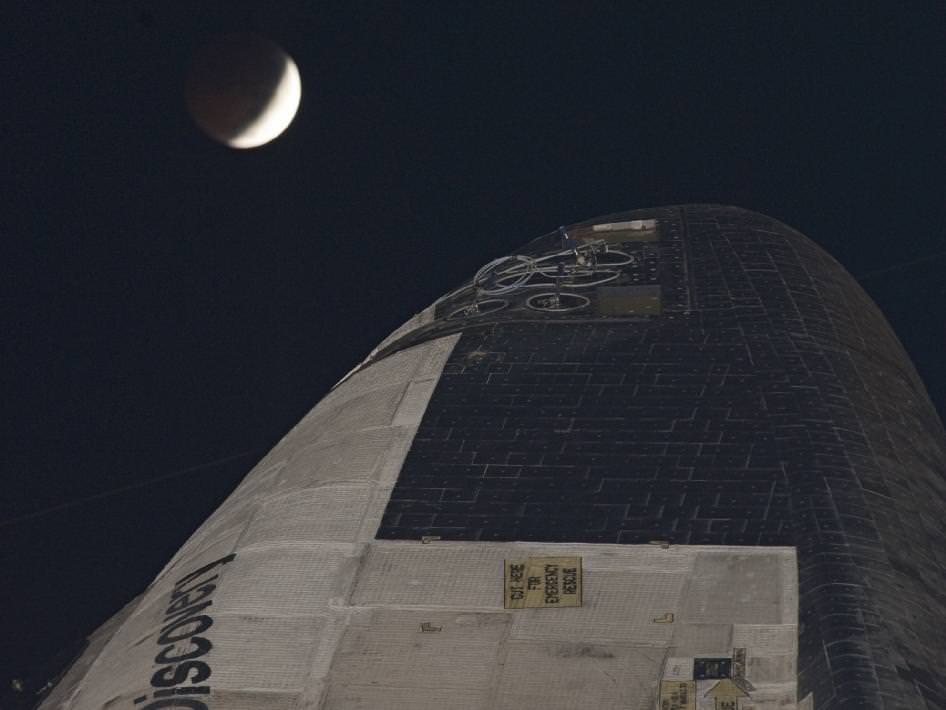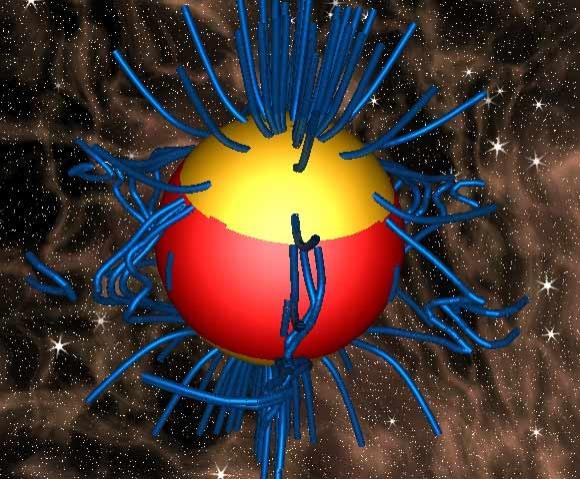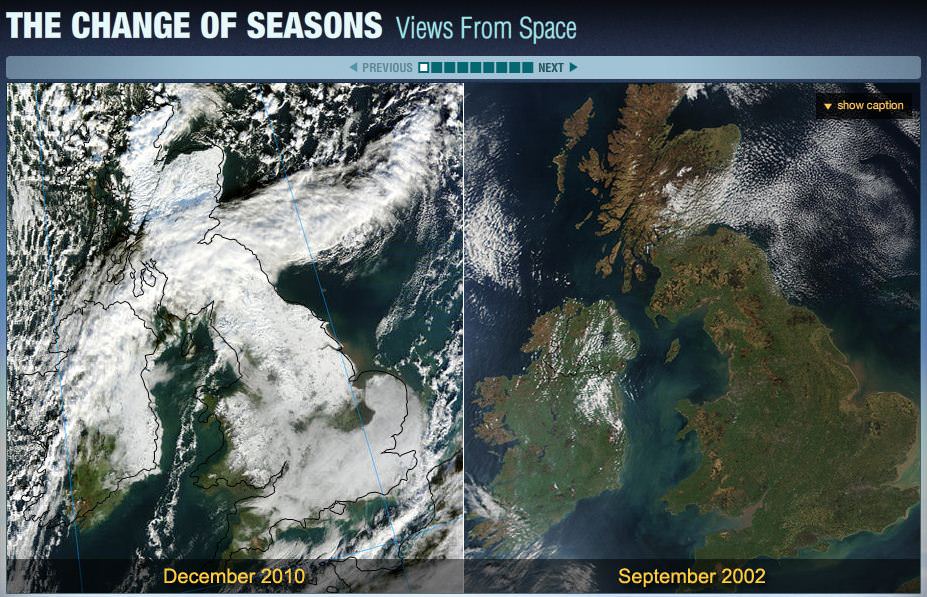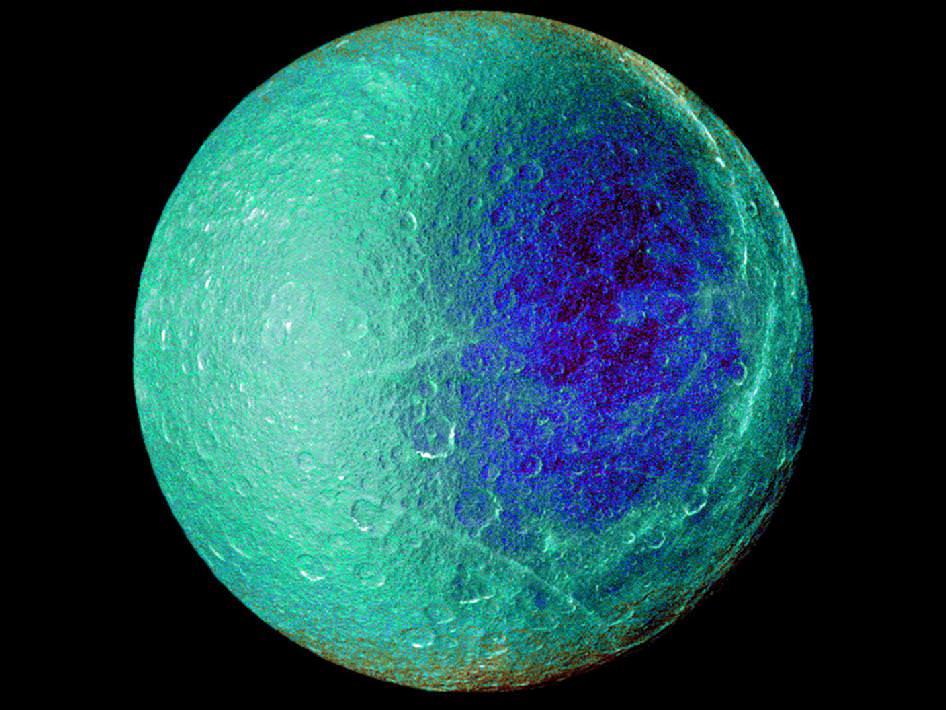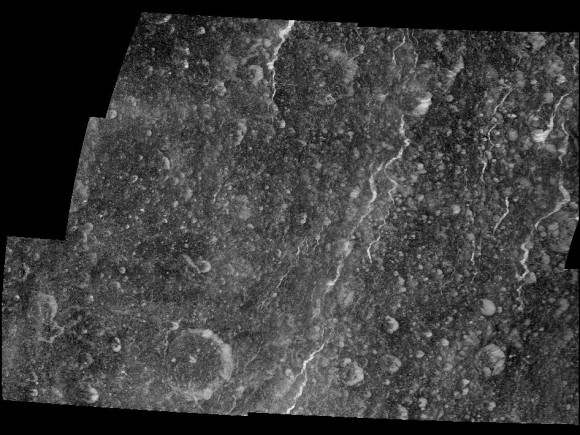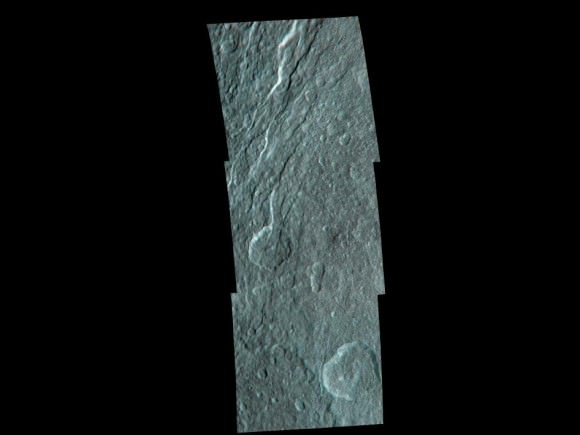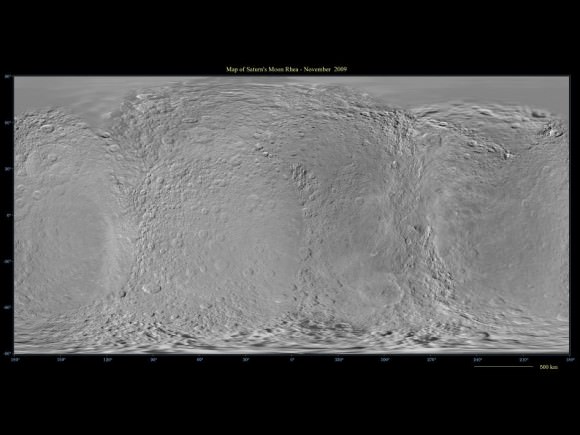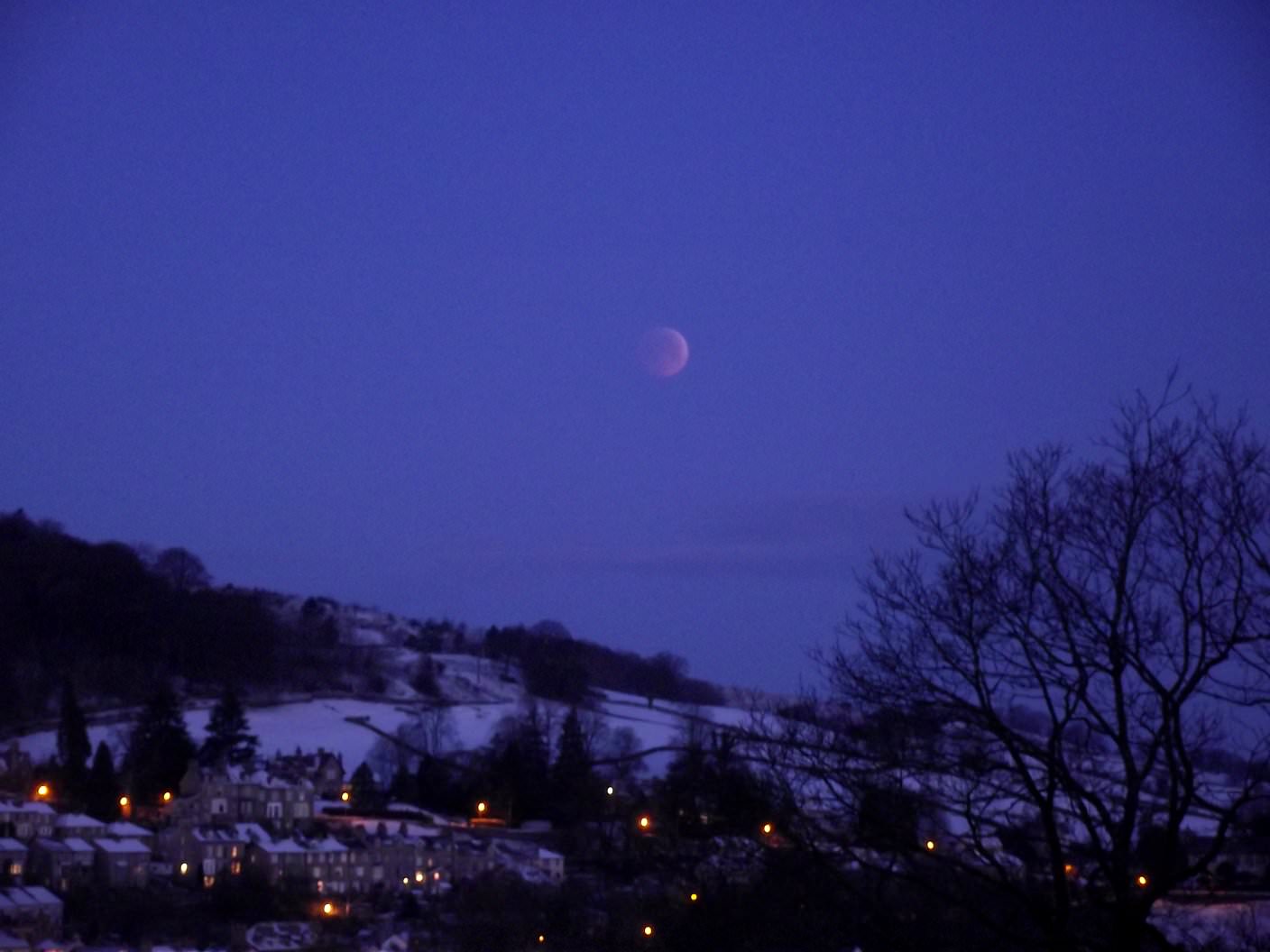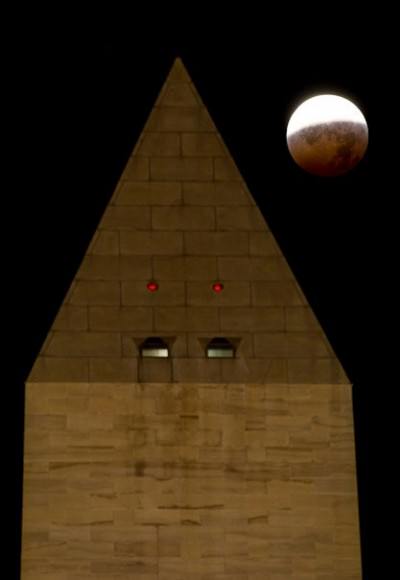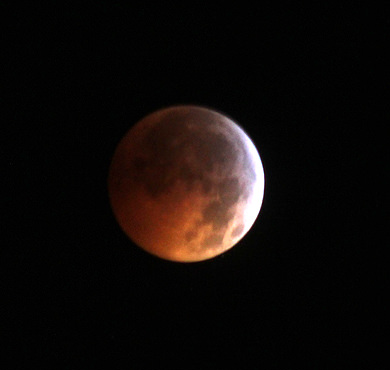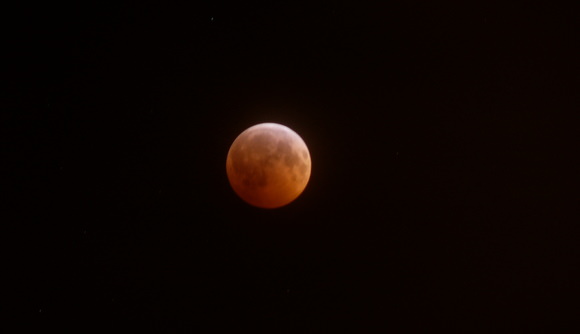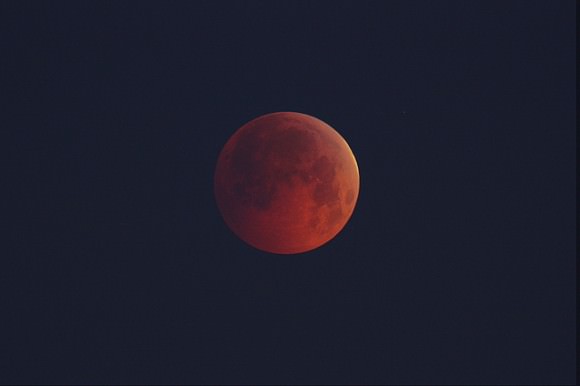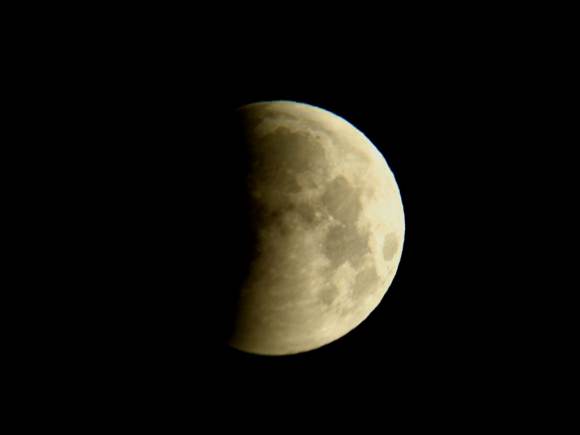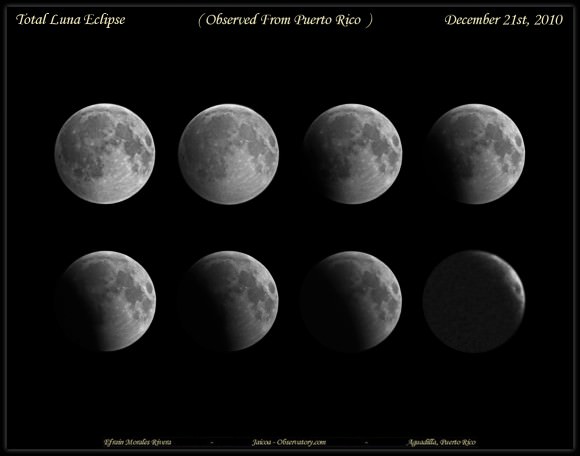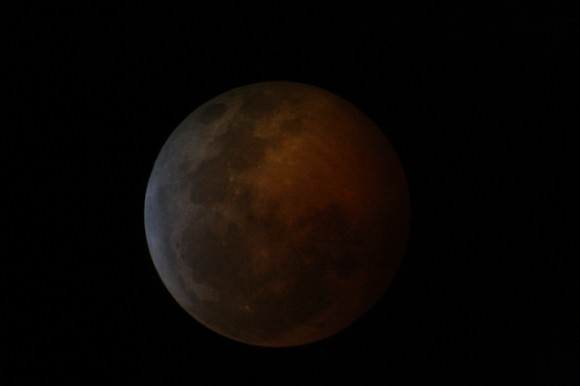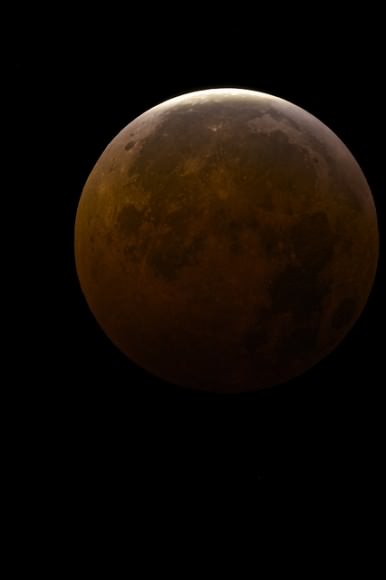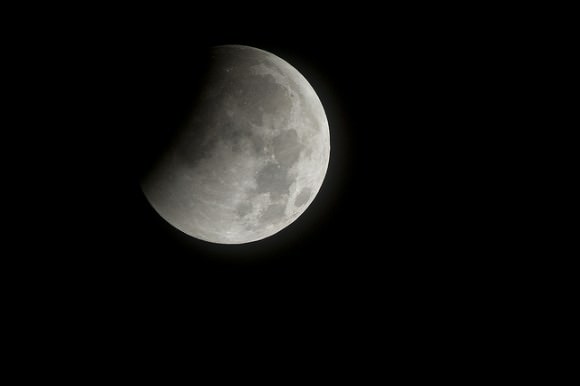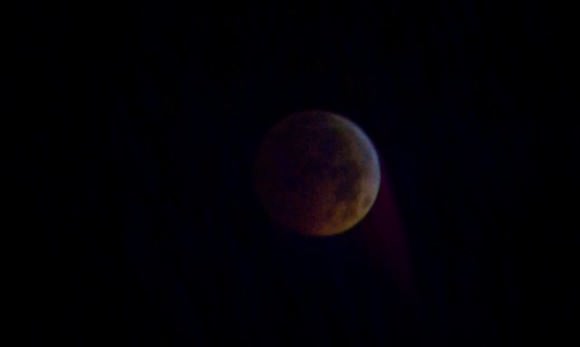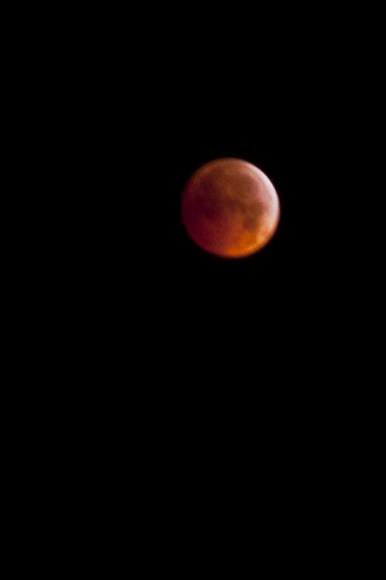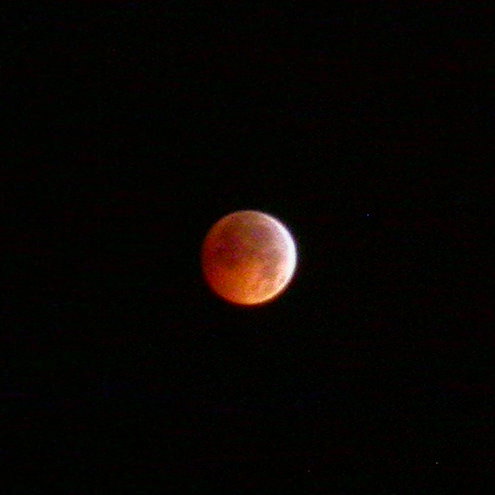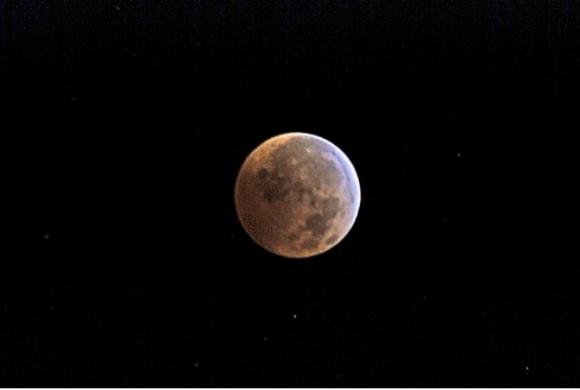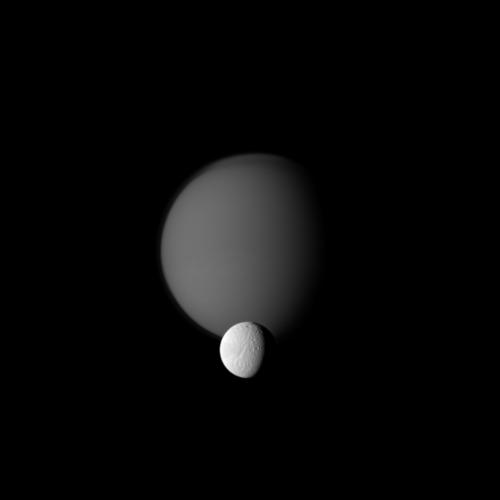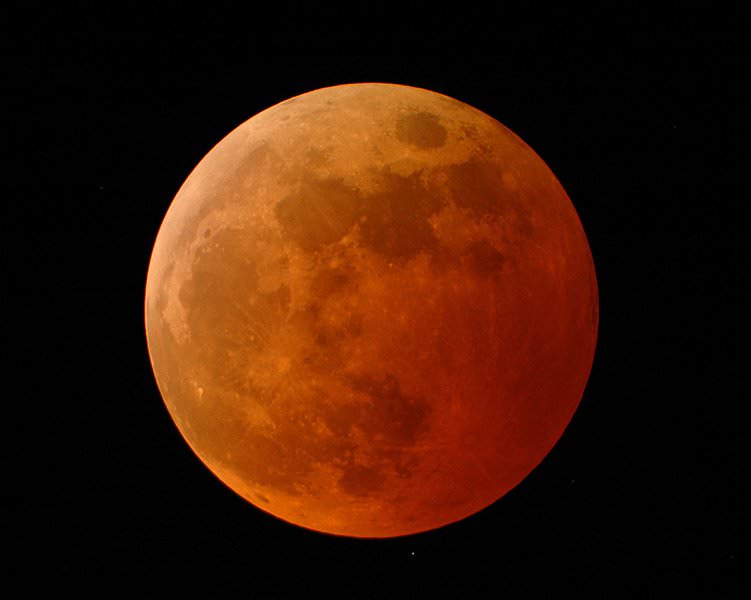[/caption]
A temporary spending measure signed by President Obama on December 22 means NASA and other government agencies will stay at 2010 funding levels until March 4, 2011. This means, according to Jeff Foust at Space Politics, that among other items, the prohibition in the FY10 appropriations bill that prevents NASA from terminating any Constellation programs remains in effect, despite the human spaceflight plan enacted in the NASA authorization act signed into law in October.
The temporary measure, H.R. 3082, known as a continuing resolution, was passed by the House of Representatives on Dec. 21. With its signing by the president, NASA will continue to operate at spending rates proportional to the $18.72 billion appropriated for all of 2010, according to Space News.
An earlier version of the bill would have funded the federal government for the remainder of fiscal year 2011 and would have increased NASA spending by $186 million over 2010 levels and provided authority to cancel Constellation contracts and initiate new programs in the current fiscal year, but the measure stalled in the Senate under Republican opposition to earmarks contained in the $1.1 trillion funding package.
The continuing resolution, however, doesn’t not specify what money at NASA should be used for specific items, and so the additional shuttle flight that was deemed a certainty in the NASA Authorization Act of 2010 that Obama signed into law Oct. 11, will likely still happen, but it’s not a sure thing.
NASA spokesman Michael Cabbage said the agency was still reviewing H.R. 3082, but “The continuing resolution by itself does not endanger the extra shuttle mission, because on an annualized basis the continuing resolution provides enough funding to fly the mission,” Cabbage was quoted in Space News.
However, Foust suggested that “there remains the possibility that a new, more fiscally conservative Congress might seek to cut funding below the 2010 levels, either overall or for specific programs, when it convenes in January.”
So while NASA can’t cancel its Constellation contracts, the lack of specificity for NASA programs in H.R. 3082 gives the agency authority to continue developing a the Orion crew vehicle for deep space missions as called for in the authorization act. And because Congress provided $100 million for development of a heavy-lift rocket in the 2010 appropriation, NASA could begin work on that or a similar vehicle as directed in the authorization measure – all the while still paying for Constellation.
And the continuing resolution could pose potential problems for NASA’s Commercial Orbital Transportation Services (COTS) program, said Space News.
Under Obama’s 2011 budget proposal, NASA would have received $500 million for the effort to help commercial companies develop rockets and cargo ships capable of resupplying the space station. But because the program is new, and was not funded in the 2010 appropriation, NASA could be left to await new appropriations legislation before it can get started.
Many other NASA programs face uncertainty in their budgets, as well.
Sources: Space News, Space Politics


